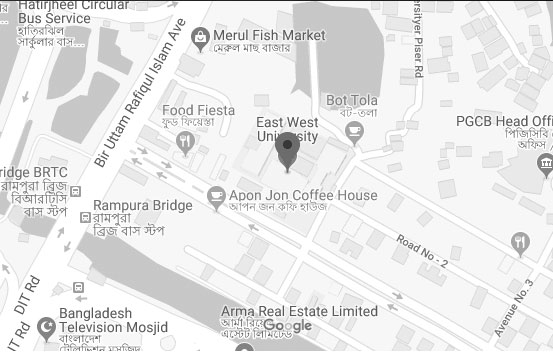CSE207: Data Structures
CSE207
Credit Hours and Teaching Scheme:
|
|
Theory
|
Laboratory
|
Total
|
|---|---|---|---|
|
Credit Hours
|
3
|
1
|
4
|
|
Contact Hours
|
3 Hours/Week for 13 Weeks +
Final Exam in the 14th week |
2 Hours/Week for 13 Weeks
|
5 Hours/Week for 13 Weeks +
Final Exam in the 14th week |
Prerequisite:CSE110 Object Oriented Programming
Course Objective:The course develops students’ skills for designing and analyzing linear and non-linear data structures. It strengthens students’ ability to identify and apply the suitable data structure for solving real world problems. Knowledge of this course will be needed as prerequisite knowledge for future courses such as CSE246 Algorithms, CSE366 Artificial Intelligence, CSE405 Computer Networks, CSE471 Compiler Design.
Course Outcomes (COs):
After completion of this course students will be able to:
|
CO1
|
Understand and apply basic data structures for storage and retrieval of ordered and unordered data.
|
|
CO2
|
Implement and characterize algorithms for creation and manipulation of data structures like stacks, queues, linked list, etc.
|
|
CO3
|
Interpret and apply appropriate data structures for implementing problem solving algorithms such as searching, insertion, deletion, traversing mechanism, etc., on various data structures.
|
|
CO4
|
Compute and Characterize the efficiency of data structures for complex problem-solving algorithms; perform and demonstrate this knowledge and write report for realistic problem solving.
|
Course Contents
|
Course Topic
|
CO
|
|---|---|
|
Pointers, Structures, dynamic memory allocation and Abstract Data Type
|
CO1
|
|
Linked List Implementation and its application
|
CO1
|
|
Stack Implementation and its Application
|
CO2
|
|
Queue Implementation and its Application
|
CO2
|
|
Iterative Solution and Recursive Solution design
|
CO1
|
|
Basic Tree Concepts, Tree Traversals, Binary Trees and their applications
|
CO2
|
|
Binary Search Trees, Insert, Delete, Search and Traversal Algorithms
|
CO3
|
|
AVL Tree
|
CO3
|
|
Binary Heap and Priority queue
|
CO4
|
|
Graph representation, Terminology, Graph traversal techniques
|
CO4
|
|
Spanning Tree, MST, Shortest Path Problem
|
CO4
|
|
Hashing: Methods, Hashed Search
|
CO3
|
|
Lab Exercises
|
CO4
|
|
Mini Project
|
CO4
|



